Live Reports: Atlantis ImageMakers 2019

Days 11 and 12
As planned, we set out for Verde Island. A survey carried out in 2005 (Carpenter and Springer) identified it as the “center of the center of marine shore fish biodiversity,” with a coral survey recordING 319 species and 74 genera of hard corals.
The island is a 45 minute or so boat ride from the resort, so it is planned as a “day out” with the whole team traveling together on a larger outrigger boat.
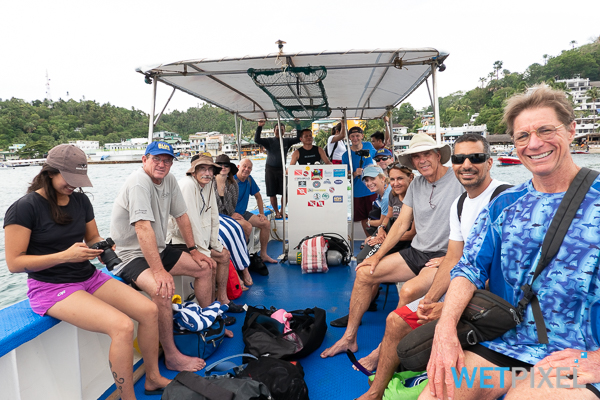
We shuttled out to the “mother ship” on one of the smaller boats.
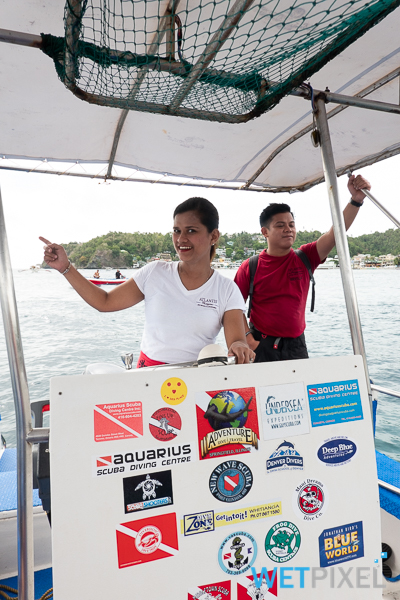
The resort even sent a chef and waitress to provide lunch and inter-dive snacks!
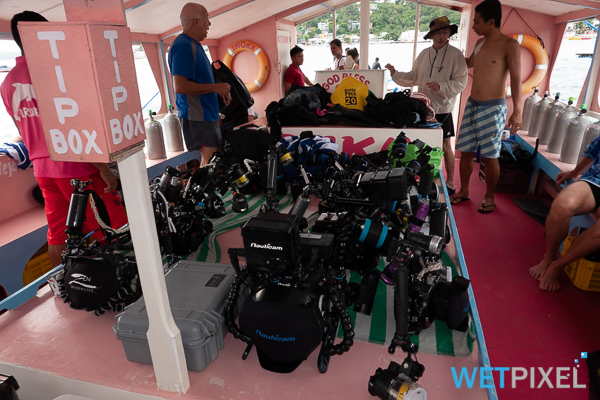
There was a lot of camera gear on board!

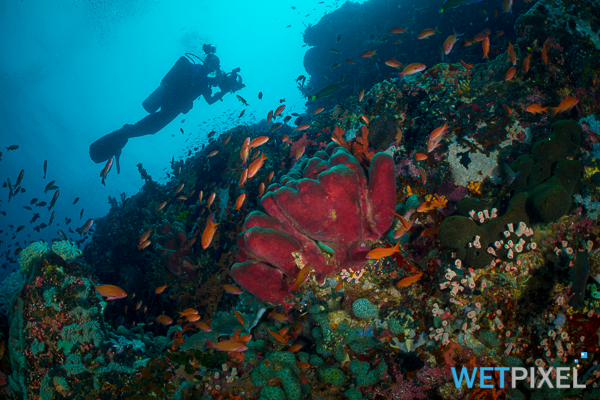
We dived on a site called the Pinnacle, which unsurprisingly has a pinnacle that comes up from 60 meters or so. As such, it has a fair amount of current. This means that it is also full of very healthy hard corals, along with a considerable number and variety of reef fish.
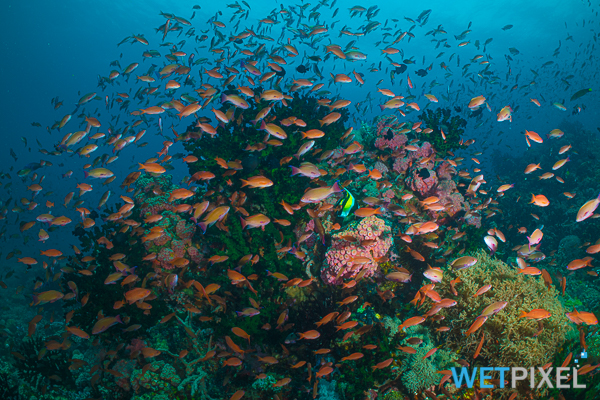
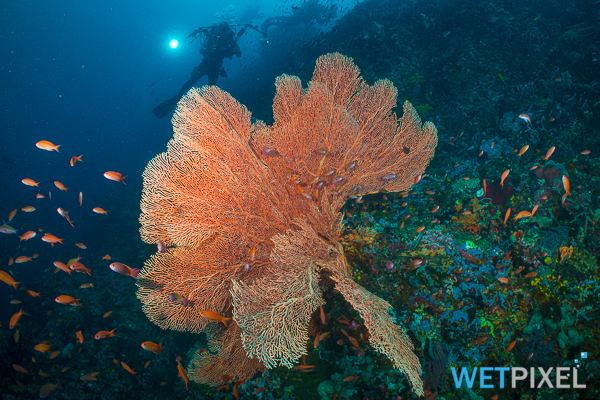
After the dive, we headed for the island, which has an impressive collection of buildings.

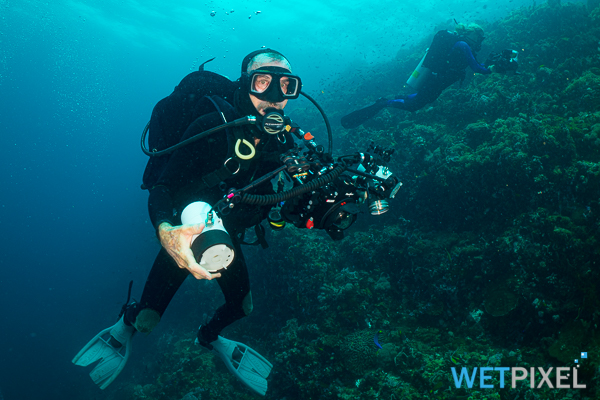
Due to the current, we returned to the Pinnacle for a second dive, and we found more stunning corals and fish life.
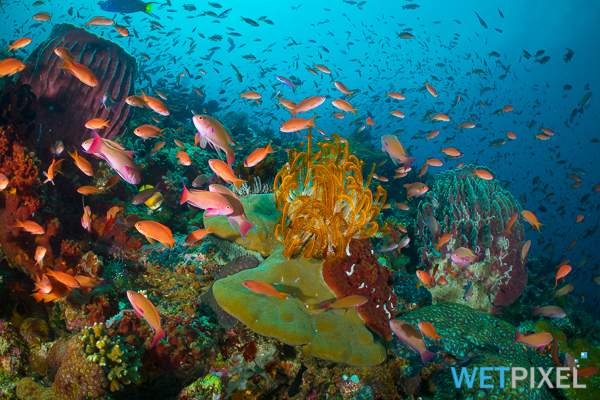
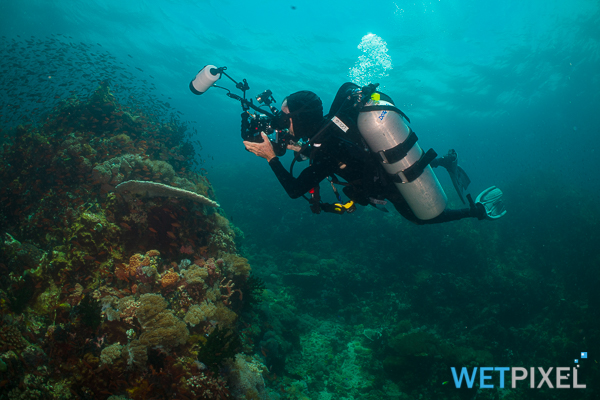

As mentioned above, we put into the shore again for lunch. 2019 Rolex OWUSS scholar Neha Acharya-Patel started a beach clean-up, and we found and removed several large bags of plastic and trash from the beach.
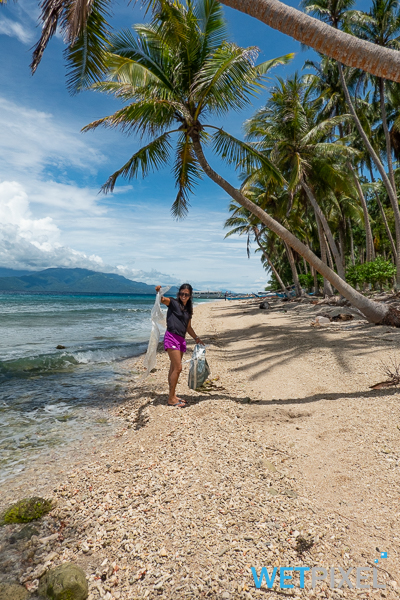
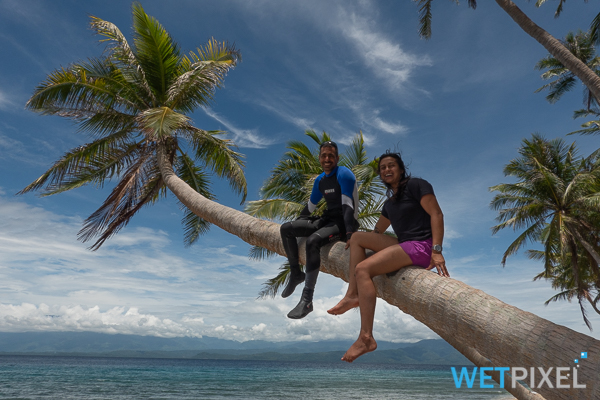
In general, I would assess that the levels of plastic pollution are lower than that of some other areas, but it is nevertheless an all-pervasive problem.
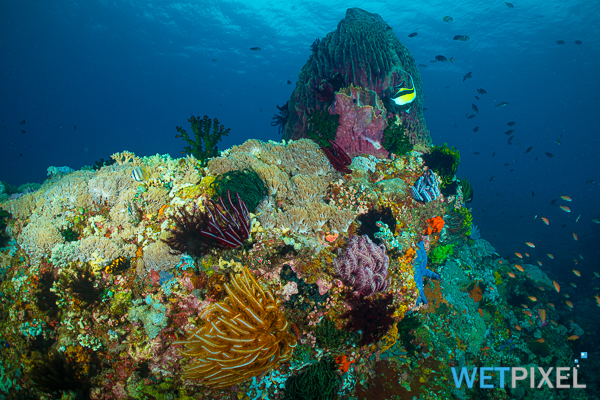
From May through to November, the prevailing westerly winds bring the “Hagabat” or typhoon season. This can means that the afternoons can bring some quite stormy weather. Hence we decided to return to the local reefs off Puerto Galera for the third and final dive, diving a site called Hole in the Wall.
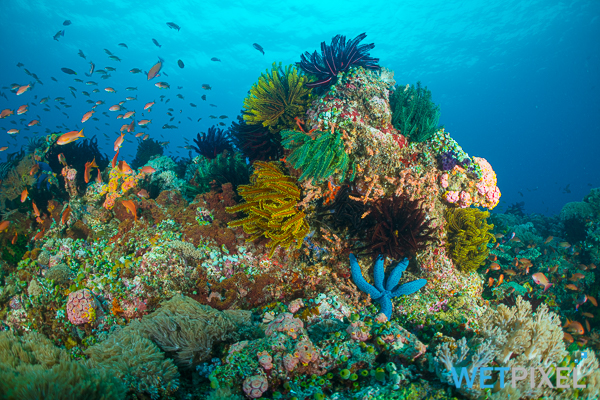
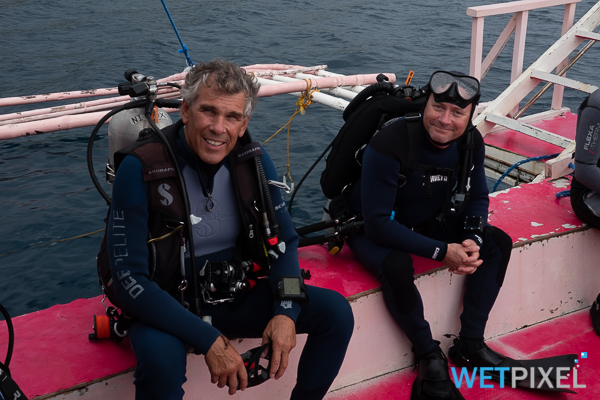
This had lots of macro subjects, including pygmy seahorses and some beautiful corals, but light levels had dropped a fair bit, making wide angle shots challenging.
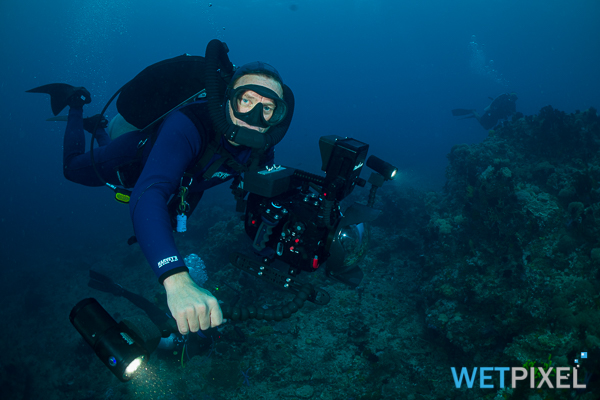
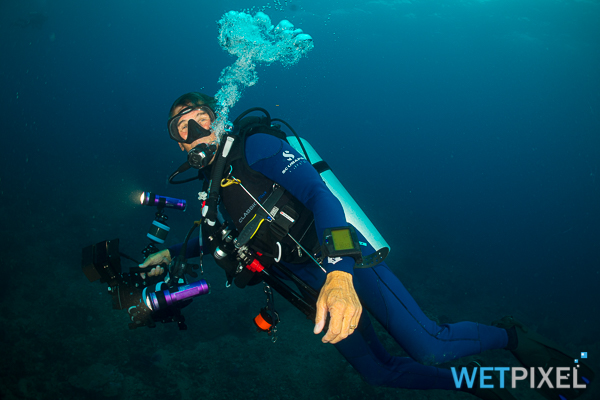
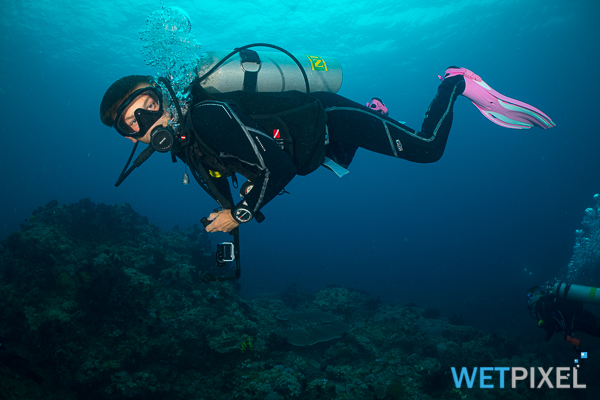
When Sara Shoemaker Lind opened her Pelican box to get her housing out on arrival at Dumaguete, the shutter releases lever of her housing was bent. It is interesting to note that the only way that this could have happened was if the housing had been removed from the case and then dropped onto the shutter release. Her Pelican case bore the hallmark chalk X marks that seem to denote that they have been tagged for additional security check in the US, and it is strong, although not provable theory that the TSA agent removed the housing to inspect it and then dropped and damaged it.

Regardless, we were able to jury rig a solution that allows the housing to work after a fashion, while simultaneously contacting Ryan Canon of Nauticam to get a replacement part. Ryan and Nauticam pulled out all the stops, with the technical team even creating and sharing a photographic “workshop manual” to ensure that the repair was undertaken correctly. The part was shipped to Nauticam’s Philippines agent in Manila, Scuba Studio, and Tofer Morales and his team got the part sent to us in Puerto Galera.
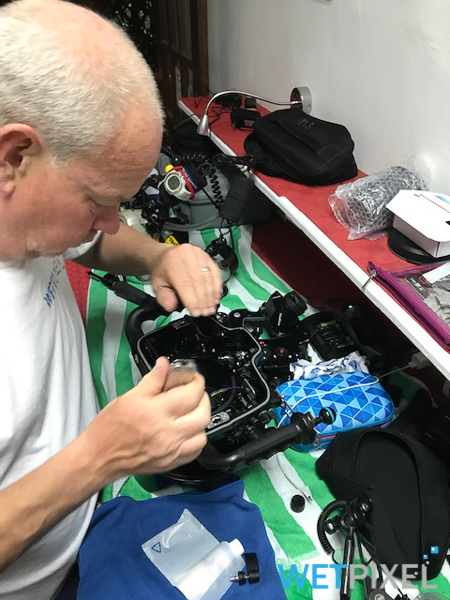
The purpose of relaying this story is to emphasize how fantastic the customer service from this company was. They went to extreme lengths to try and help a fellow photographer in “distress.” Of course, there are plenty of examples of similar incredible efforts by other manufacturers, so perhaps when we consider the relatively high cost of our tools, we should factor in just how responsive they manufacturers can be when things go “horribly wrong.” Suffice to say, heartfelt thanks to Ryan, Tofer and the Scuba Studio and Nauticam teams.

The next day, we dived the sites around Puerto Galera. The tides were quite high, causing strong currents on some of the sites.
I was again shooting the Laowa 24mm f/14 2x macro probe lens, and found that subject select with it can be challenging. It definitely seems a tool that works best with a larger subject, in a situation where you can get very close to them.
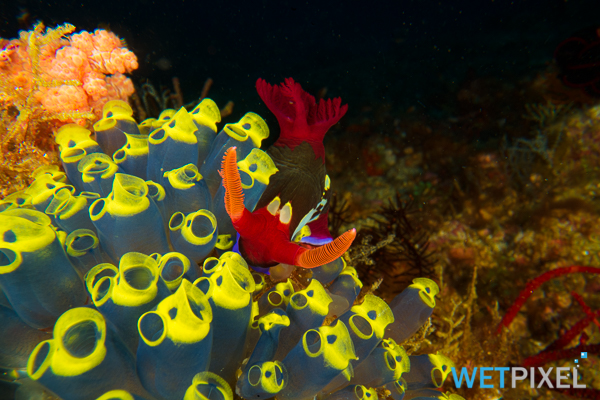
However, equally, there is no problem with the lens being sharp, and as long as the subject is outside of its minimum focus distance, across the frame. The lens is a manual focus and manual aperture, which means that as you stop up, the image in the viewfinder gets progressively darker, which can be challenging in ensuring sharpness.

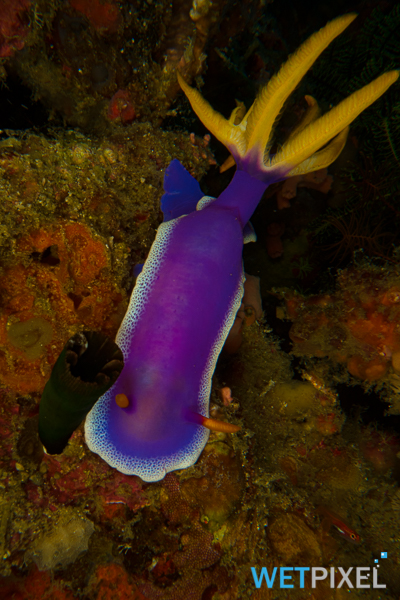

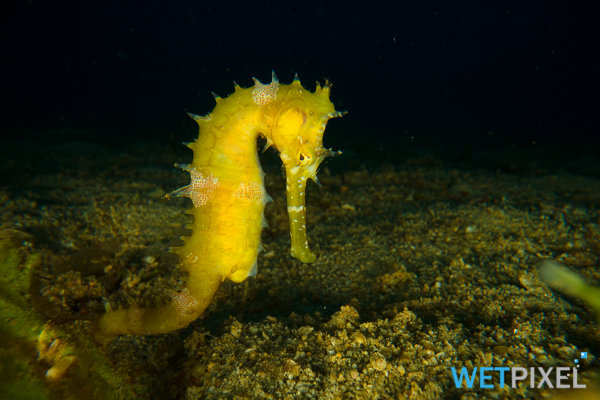
I also experimented with using it as a more conventional wide angle lens, from a different perspective:
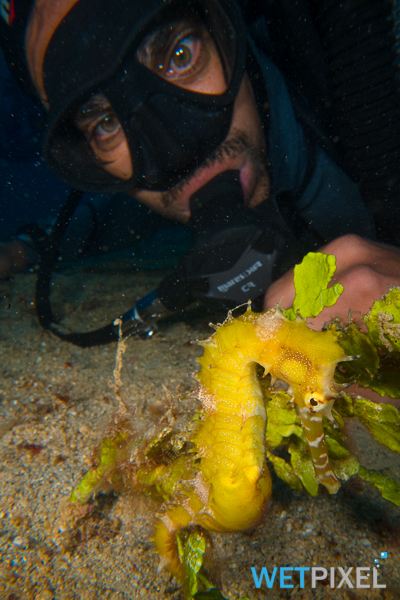
I have also been using a Sony RX100VI in a Nauticam housing with the M2W and WWL-1 wet lenses.
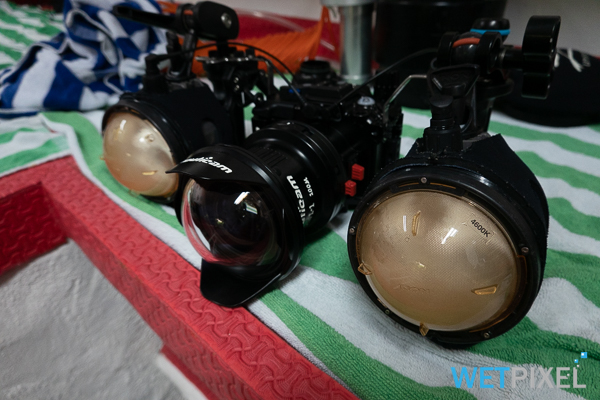
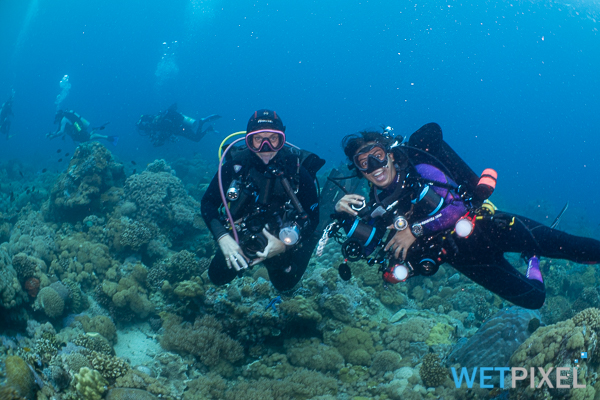
Some of us elected to do a night dive at a site called Fantasea that is literally one minute’s boat ride in front of the resort.
It was a very productive dive…
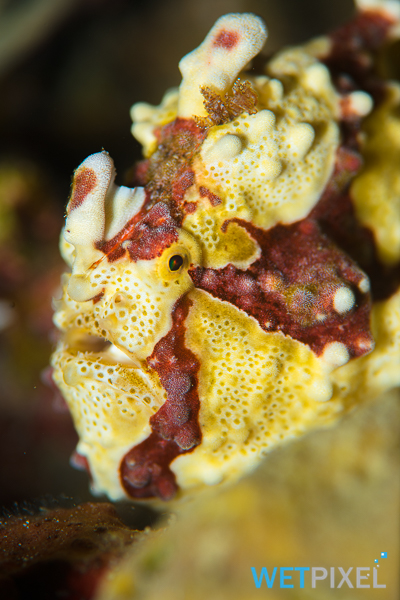
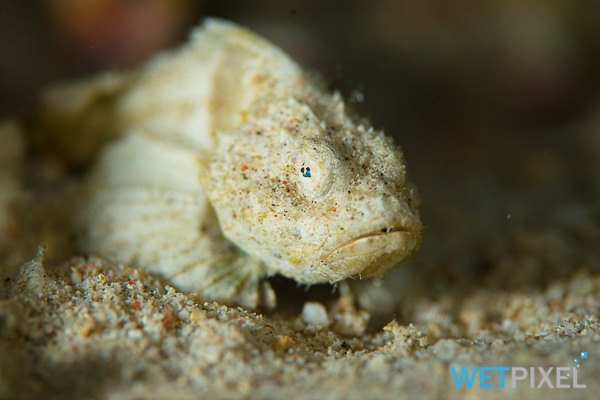
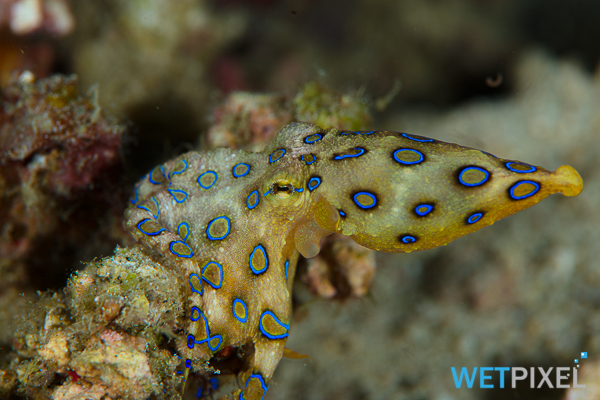

Tomorrow is our last full day of diving for the group, so we look forward to lots more excitement!
Days 1 and 2.
Days 3 and 4.
Days 5, 6 and 7.
Day 8.
Days 9 and 10.
Days 11 and 12.